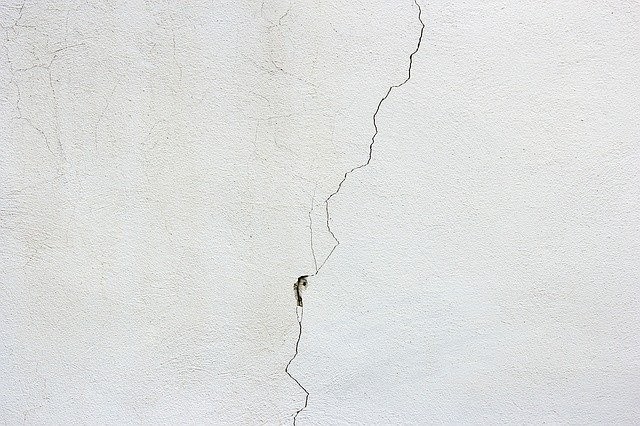How to Know If Wall Cracks are Serious Kinds?

Every homeowner remains concerned about foundation health. So, when cracks start appearing on the wall, he starts wondering whether they are structural or non-structural. There is no need to panic. No matter what kind of cracks you notice, there is a solution for every style. Here is how you can know if cracks are severe.
Structural Vs. Non-Structural Cracks
Don't fret but look closely at the cracks. If they are single lines less than half a half-inch, then you shouldn't be worried. Epoxy injections and sealants are good enough to deal with this problem. However, when you notice some big and wide cracks on the foundation wall that look like stairs, then you need to seek professional help as soon as possible.
You need to look at crack shapes. If they are horizontal, they indicate poor construction of walls or hydrostatic pressure in the walls. However, when walls are vertical or diagonal, then it's a clear sign of heaving. Your foundation might be settling and require you to call the structural wall repair company Parma.
When water leaks from the crack, then you might be experiencing water infiltration issues. Cracks alone may not require immediate action, but you have to call expert help when they start leaking water.
What Causes Building Cracks?
Every homeowner must know what causes building cracks to appear; here are some primary causes.
Uneven Settling
The soil underneath the basement foundation keeps moving due to excess or dry water conditions. This settling would often lead to significant issues like cracks on walls or uneven floors. When cracks appear from uneven soil movement, they are usually wider than other cracks. Stair-like cracks on foundation walls are typically due to uneven settlement.
Hydrostatic Pressure
When you live in a flood-prone area, water pressure in the walls leads to bowing walls and causes significant damage. This pressure is also due to clogged gutters in the basement or faulty drainage. Foundation repair experts always suggest homeowners keep their foundation gutters clean so that they don't have to experience water damage issues like cracks or bowing walls.
Cracks Due to Shrinkage
When your home is newly built, then concrete shrinkage often causes a crack to appear on the walls. Once the material is fully cured, then you won't notice any more cracks. Material shrinkage cracks are of less concern, and they are not structural. However, when you see small and random cracks in old homes, then they are probably not because of material shrinkage. There are some other underlying causes that only a structural wall repair expert can identify.
What to Do When You are Unsure?
If you are still concerned about cracks appearing on your walls or cannot make a difference between structural or non-structural ones, then the best remedy is to seek professional help. They are experts and have years of experience dealing with building cracks. They can tell you whether they are a point of concern or not. You can contact them and ask for a free inspection.
Subscribe to Latin Post!
Sign up for our free newsletter for the Latest coverage!
© 2026 Latin Post. All rights reserved. Do not reproduce without permission.















